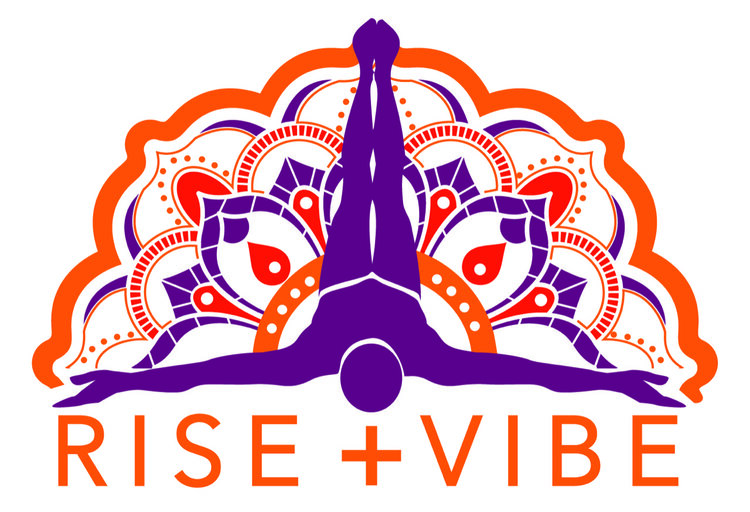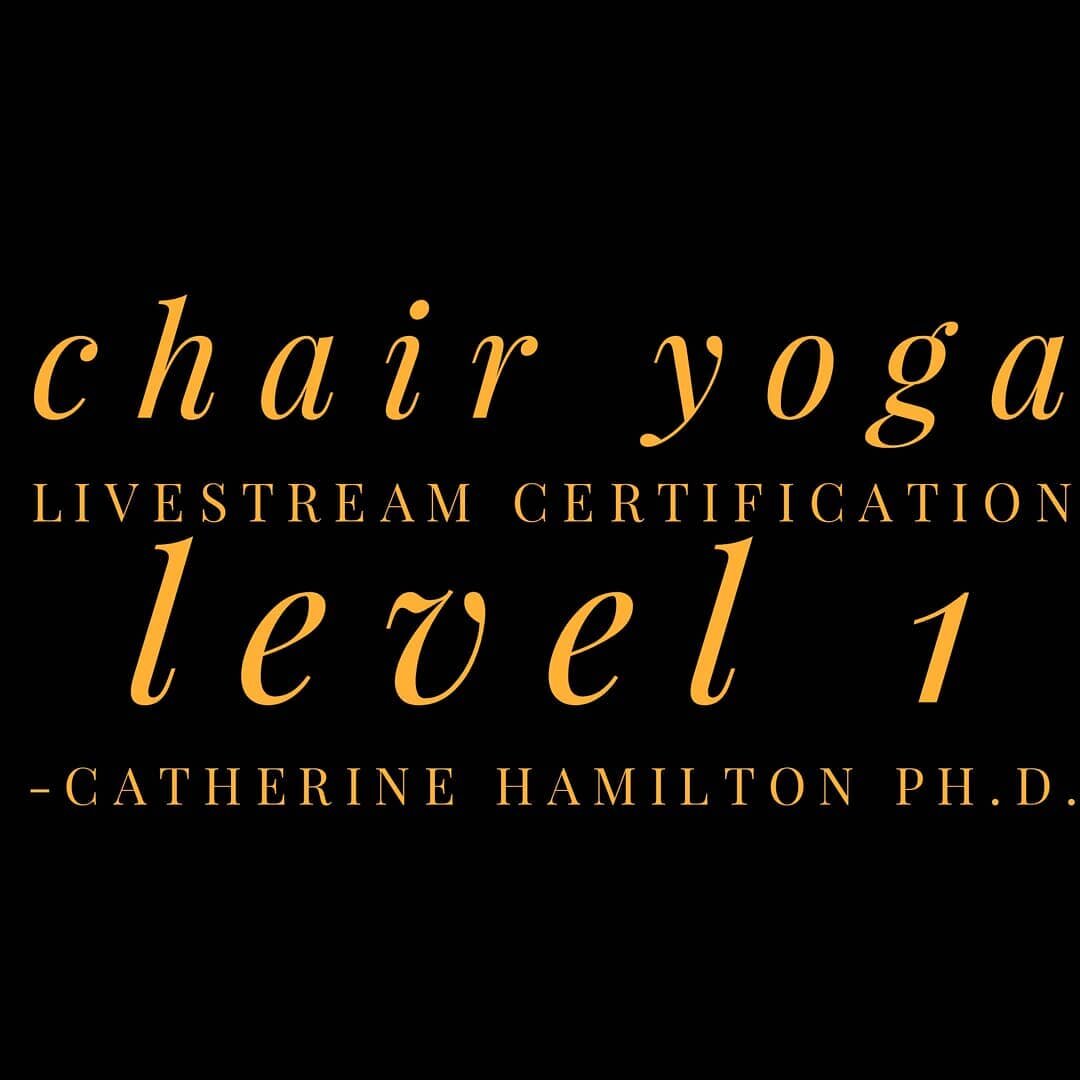3 Misconceptions and 3 Fun Facts About Chair Yoga
6/29/2020
By Stephanie Smith
During Rise + Vibe’s online YTT this spring--in the middle of worldwide quarantines during the coronavirus pandemic--- yoga instructor and DJ Catherine Hamilton, aka DJ Love Doctor led a chair yoga workshop with us to introduce us to the practice. I thought chair yoga was primarily for seniors or those with limited mobility and assumed the moves would be rather basic and stiff. I was wrong on all fronts.
“I was drawn to chair yoga because some of my students couldn’t get down on the mat easily,” said Hamilton. “Once I started practicing and teaching chair yoga, I discovered the true essence of yoga - which to me is healing and transforming the body and mind through breath and positive intentions.”
Just like Ashtanga yoga, chair yoga is a multi-limbed practice that involves breathing, concentration, and physical movements to create a sense of balance between mind and body. Catherine’s soothing chair flow was relaxing and accessible to all levels, but she also showed us more advanced movements using the chair that would challenge even more advanced yogis. “Chair yoga is often labeled as “accessible yoga,” which it is,” she said. “However, chair yoga is also a complementary practice for “mat” yogis.”
Several yoga teachers in the R+V YTT signed up for Catherine’s certification program to learn more about chair yoga and integrate the techniques into their own classes. Many R+V teachers worked with specialized populations, such as those who are pregnant or injured, for which chair yoga could be a great option.
Below are three common misconceptions about chair yoga, and three surprising facts about the practice that might make you want to learn more about the practice.
Misconception 1: Chair yoga is for old people
Fact: Chair yoga is for anyone with a chair or couch. The postures and poses are adapted so that anyone with limited mobility or cannot get down to a mat can do the postures. But it can also involve more advanced poses, like crow and headstand, using the chair as a prop to assist. And chair yoga isn’t just about postures--mediation, mudras and pranayama can all be practiced while sitting in a chair.
Misconception 2: Chair Yoga is easy!
Fact: It’s only as easy as you make it. “In a level 2 and 3 chair yoga practice, the chair can be a wonderful prop for balances and inversion,” said Hamilton. For example, you can place your hands on the ground to set up for crow pose (bakasana), but give your legs some lift and support by putting your toes on the seat of a chair. And if you’re struggling with tortoise pose (kurmasana) or firefly pose (tittibhasana), see this fun way to get into both using a chair.
Misconceptions 3: Any chair will work
Fact: Almost any chair will work for chair yoga. The best chair for chair yoga is one that has a sturdy back and is wide enough for your entire bum and legs to sit comfortably. Your chair should also be high enough so your feet can come flat to the floor and your legs are close to 90 degrees (if your feet aren’t flat to the floor, you can use yoga blocks or books underneath your feet). Avoid chairs with wheels so you don’t slip and slide during your practice. Some ergonomic office chairs with curved backs also aren’t the best choice for a chair practice; many of these have wheels, and the flexible backs of some chairs might not be stable enough during your practice. Surprisingly, many couches work great for chair yoga-- they’re wide, sturdy, and allow your legs to be close to 90 degrees.
Want to learn more about chair yoga? Find Hamilton on Instagram at @ChairYogaLove or ChairYogaLove@gmail.com for more information on her Chair Certification programs and free online classes. And check out Rise + Vibe.com’s Teacher Training Page for upcoming info on future chair yoga certification offerings.

